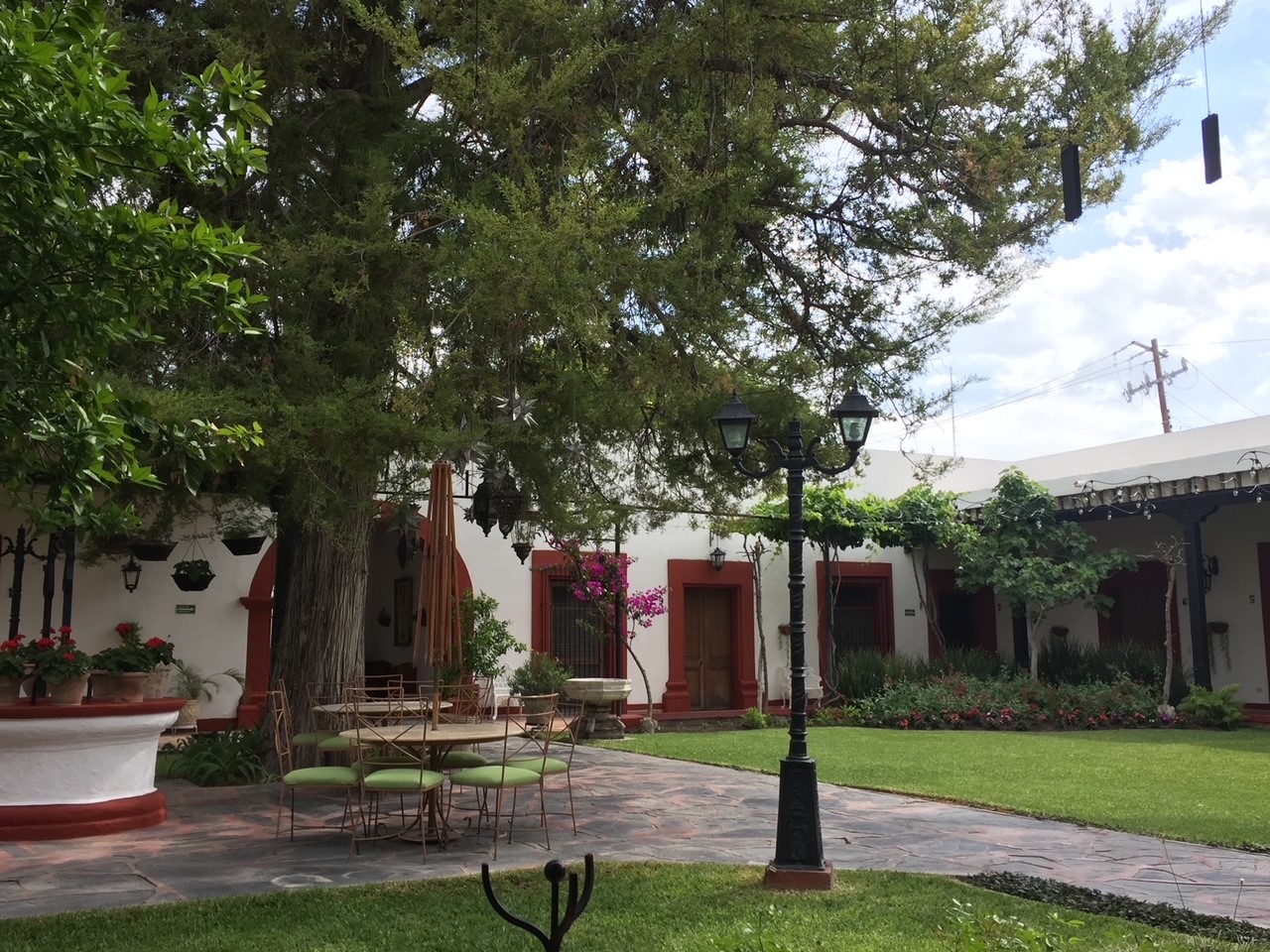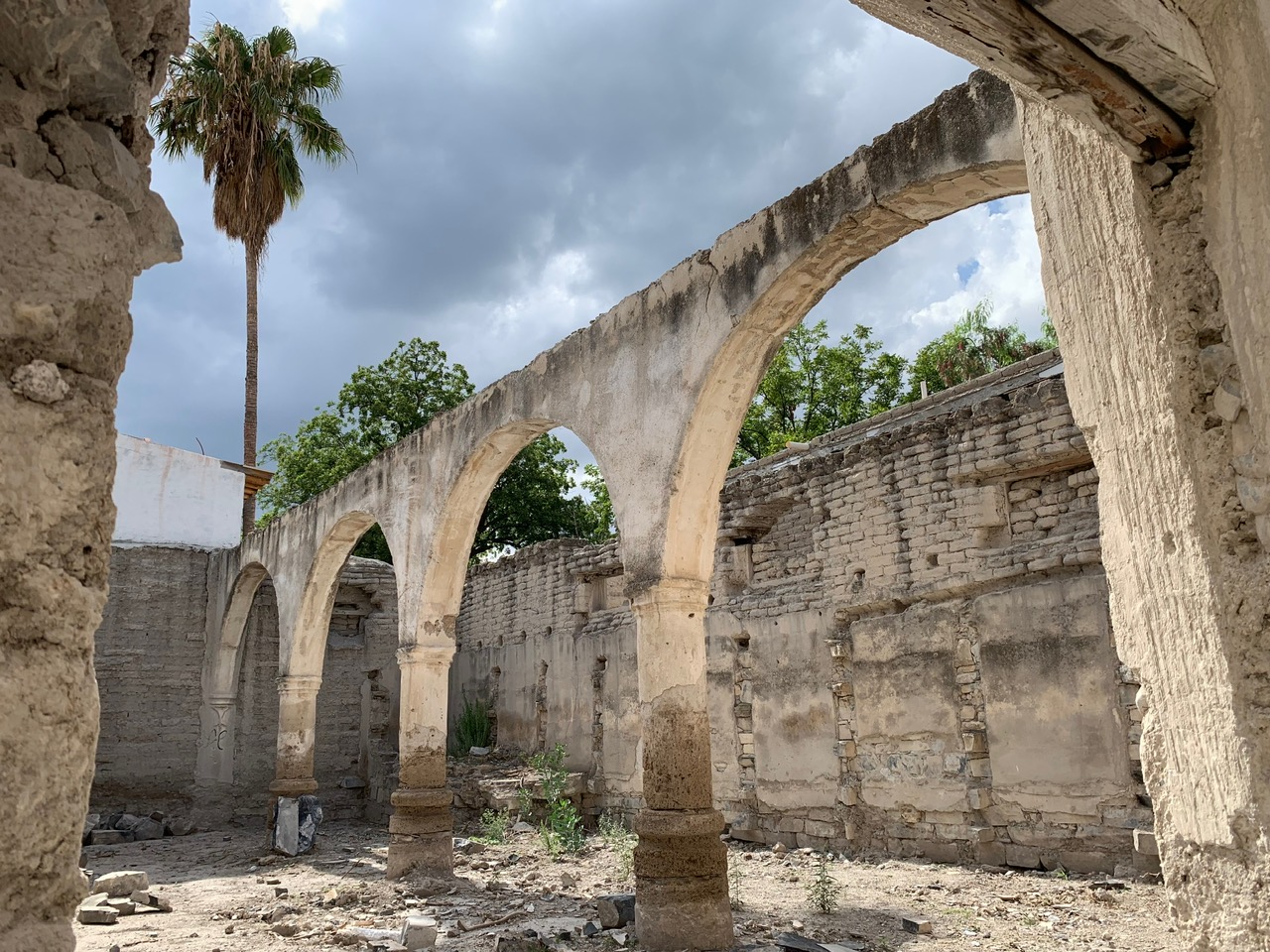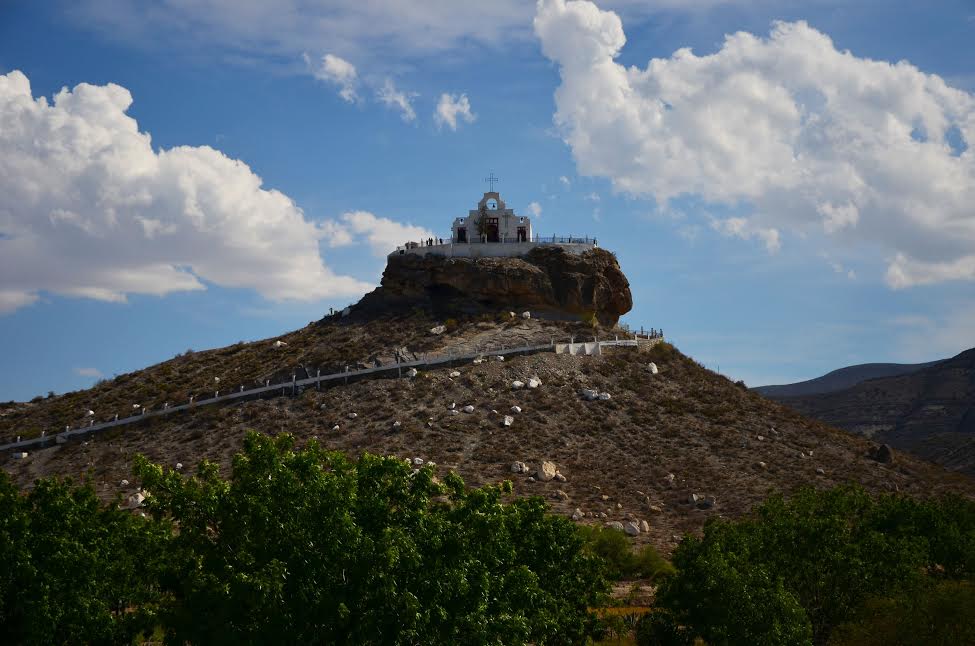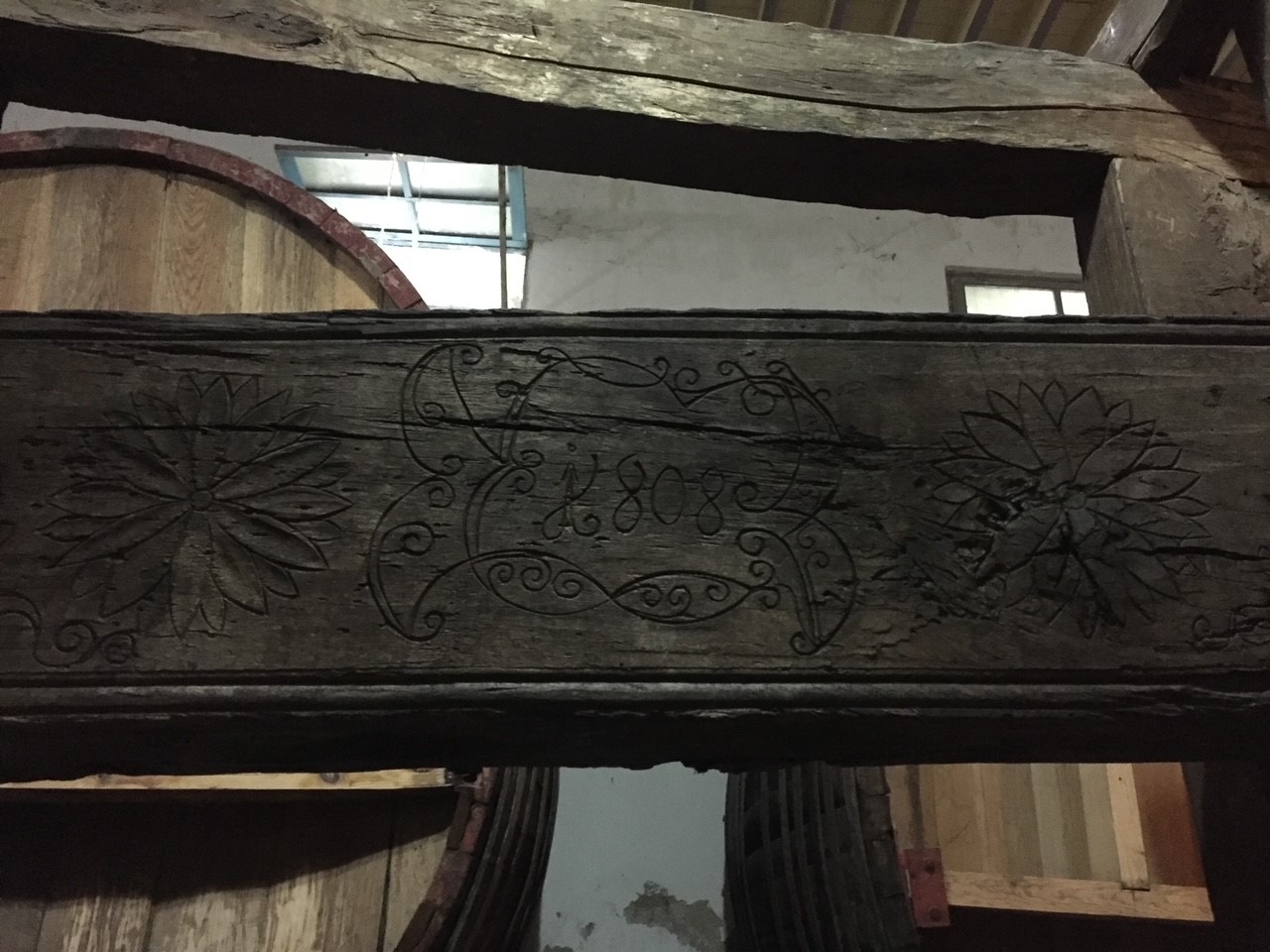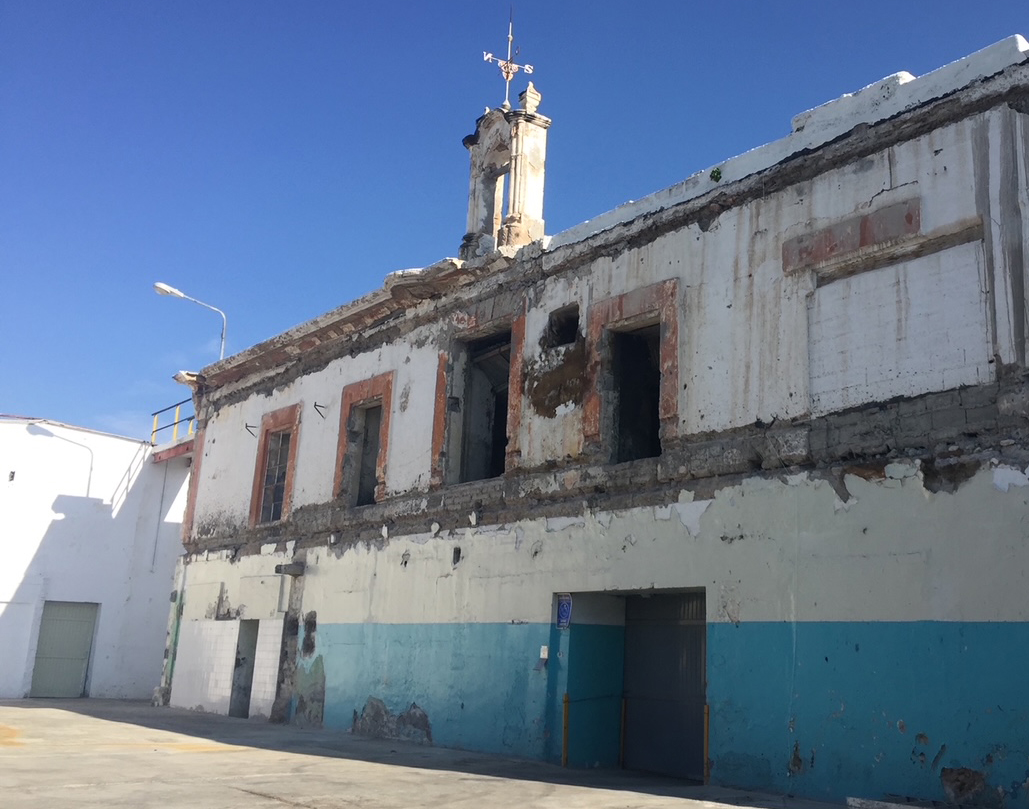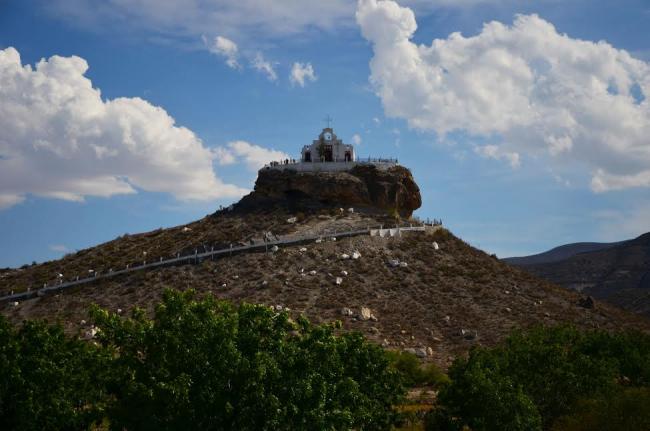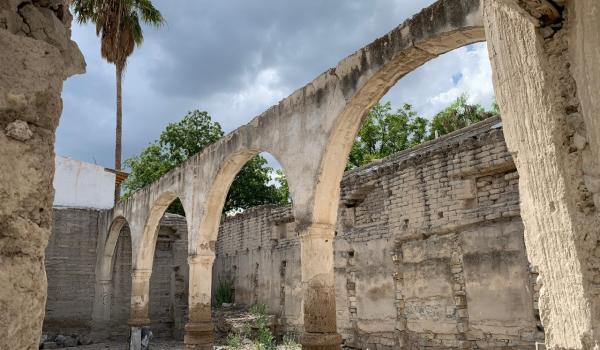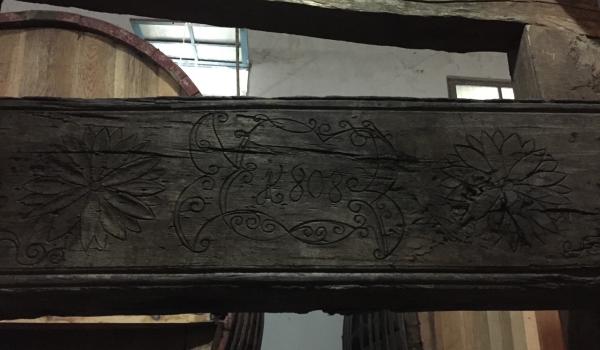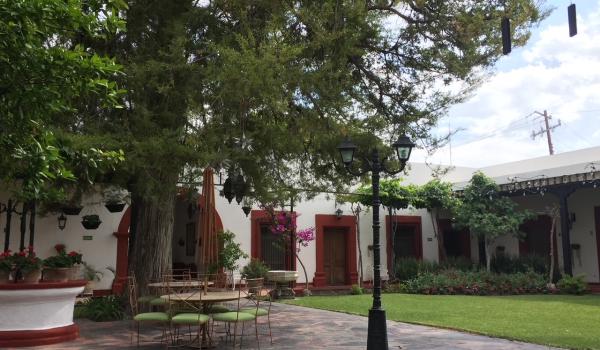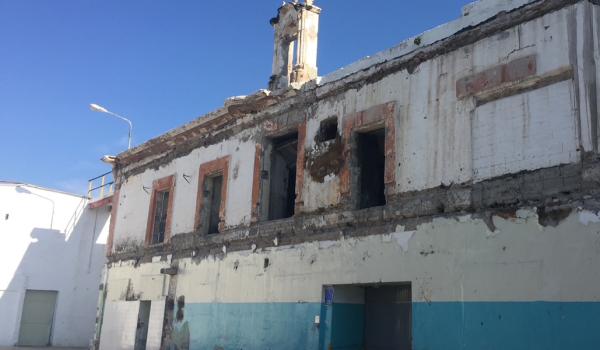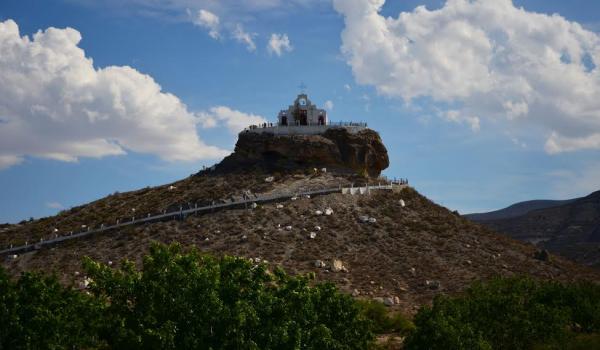Parras de la Fuente
Historical Monuments Zone
Route element
Parras de la Fuente
Known historically as an oasis in the middle of the country’s northern deserts, Parras de la Fuente presents an architecture connected to its natural surroundings, such as the Chapel of Santo Madero, erected on the Sombreretillo mountain. It is also the birthplace of the so-called “Apostle of the Revolution,” Francisco I. Madero.
The place name refers firstly to the territory: the Valle de Parras or Valley of Vines, where since time immemorial springs have watered a great variety of vines, enabling humans to settle in ancient times. Secondly, it pays homage to the Saltillo-born lawyer Juan Antonio de la Fuente, who defended the people of Mexico against the French invasion.
The settling of Parras first saw the arrival of Tlaxcalteca indigenous people and later families of Spaniards, who seeing the flourishing vines brought other varieties from Europe. These produced such good results that they founded here the first vineyards and wineries on the American continent.
The establishment of the township underwent numerous ups and downs as a result of the campaign of conquest of New Spain’s northern territories. However, Francisco de Urdiñola was the one who established a lasting settlement and planted a vineyard in 1593, providing the basis for the subsequent development of the wine industry that characterizes the economic history not only of this site but the north of the country. Officially, it was founded in 1598 by Jesuit priest Juan Agustín de Espinoza, when it was known as the Misión de Santa María de las Parras y las Lagunas.
The architecture is rooted in the character of the rough landscape, and the development of urban life is inextricably connected to the natural resource of the springs. The layout of the city is irregular and asymmetric, determined to a great degree by the undulating character of the terrain and the hydrological system made up of streams, ponds and ditches built early in the settlement’s history. As a result, views within the city are interrupted by sharp turns in the streets, including Francisco I. Madero, the main thoroughfare that forms part of the regional route linking the cities of Saltillo and Torreón. Also of note are the open spaces such as Alameda Independencia, the gardens and plazas of Beso Zaragoza, the small plazas Ocampo and Agustín Espinosa, and the San Antonio and San José cemeteries.
The city of Parras de la Fuente, Coahuila was declared a Zone of Historical Monuments on February 18, 1998 and covers an area of 4.6 km2 made up of 158 blocks containing 386 buildings with historical value constructed between the 16th and 19th centuries.
The emblematic buildings in the city include a number built for religious worship, including the Church and Royal College of San Ignacio de Loyola, the Church of Nuestra Señora de la Asunción, the Santuario de Nuestra Señora de Guadalupe and the chapels of Nuestra Señora de San Juan, Nuestra Señora del Rosario, Ojo de Agua and Santo Madero; this latter stands on a natural monument, the Sobreretillo mountain, making it a doubly symbolic landmark for the city.
Since 2004, Parras de la Fuente has been designated a Magical Town by the Mexican Tourism Ministry.

